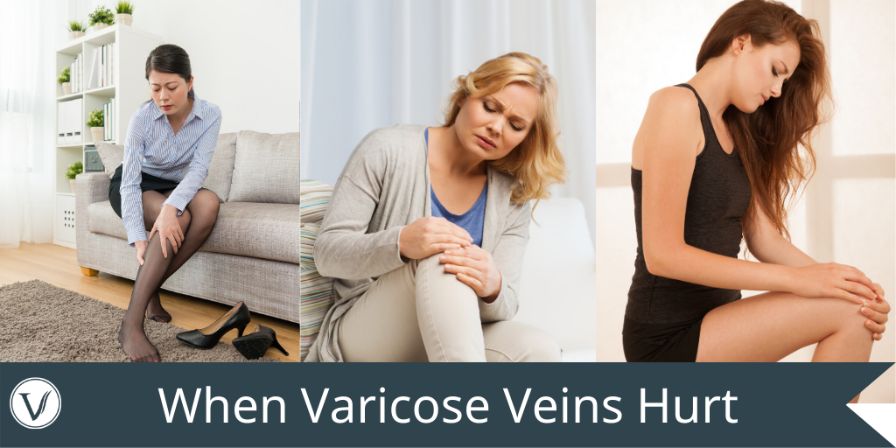Varicose veins are a major form of venous disease and venous insufficiency. Varicose veins occur when there is increased pressure in veins and valves weaken or get damaged. This causes blood to flow in the wrong direction, back down the legs, and pool in the veins. Over time, the pressure of gravity causes the blood to continue to pool. This pooling causes the veins to bulge progressively more. For many patients, this leads to many additional symptoms like swelling, itching, and pain. But what do you do when varicose veins hurt?
Table of Contents
ToggleHow To Identify Varicose Veins
You can identify varicose veins because they can be felt under the surface of the skin. Spider veins or other forms of vein disease cannot typically be felt. Varicose veins are often larger, typically greater than one-eighth of an inch in width. You may notice them too because they appear to be bulging, twisted, pouched, thickened, or painful.
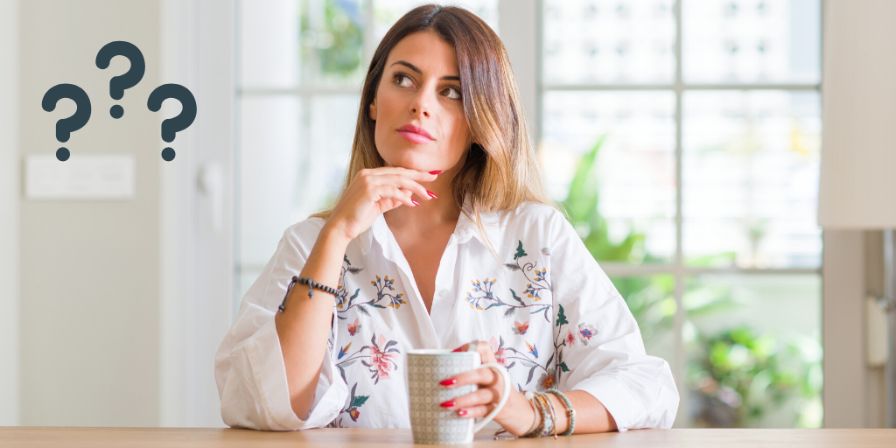
Painful Inflammation
Once veins are weakened and blood begins to pool, this can lead to phlebitis, an inflammation of the veins. If you think about it, any time a part of your body is inflamed, it is more irritated and therefore more sensitive and painful. And if you are like most people, you want to find a way to make the pain stop.
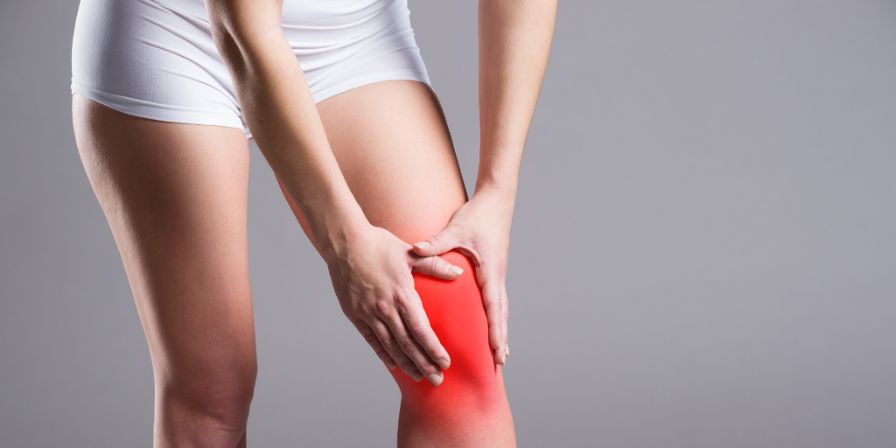
What To Do When Varicose Veins Hurt
There are many innovative treatment options available for you to consider if your varicose veins are hurting or becoming painful. Often conservative, non-invasive lifestyle change treatments are best paired with a medical treatment option. This powerful combo usually allows you to live free from hurtful, painful, uncomfortable varicose veins.
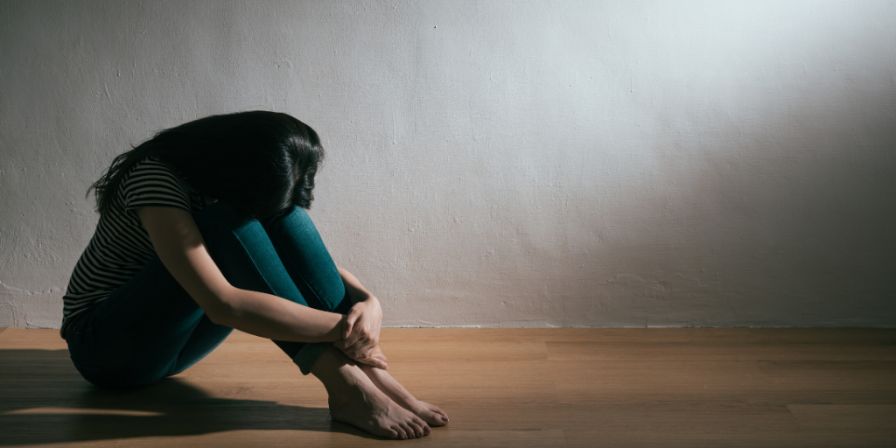
Conservative Treatment Options
- Compression Therapy: Compression hose or garments can keep blood from continuing to pool more
- Exercise: Many types of even mild exercise can reduce symptoms of venous insufficiency and therefore help relieve painful varicose veins
- Lifestyle Change: Simple everyday changes like wearing less tight clothing, flat shoes and better posture can improve your vein health and therefore help varicose veins to hurt less
- Weight Loss: Losing excess weight can decrease pressure on your legs. This, in turn, lessens vein disease symptoms and ultimately helping to bring relief to hurting varicose veins
- Leg Elevation: Simply elevating your legs above the level of your heart will relieve pressure, at least temporarily, in particularly uncomfortable moments
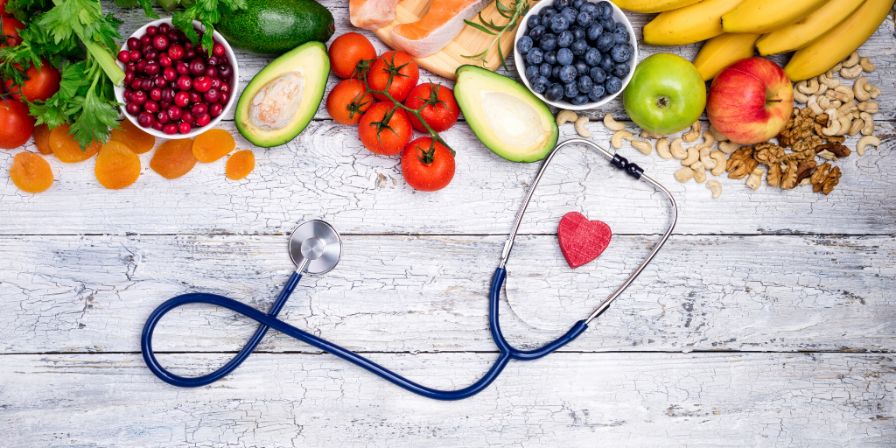
Medical Treatment Options
- Vascular Laser: Lasers and light-based treatments cause insufficient diseased veins to collapse so all of the surrounding healthy veins can keep your blood flowing
- Varithena: This non-surgical treatment uses a medical “foam” sclerosant to close unhealthy veins so blood flows flow will redirect through nearby healthy veins
- Microphlebectomy: This minimally-invasive treatment to remove varicose veins only requires local anesthesia and you’re able to drive immediately
- High Ligation: Surgery ties-off a vein to stop blood flow into a diseased or non-functioning vein
- Endovenous Laser Ablation: This less-invasive minimally-invasive treatment involves heating veins from within by a tiny needle stick so they collapse and are eventually reabsorbed by your body
- Sclerotherapy: Veins are injected so they collapse and are reabsorbed in due time by your body in this minimally-invasive treatment
Free Consultation
Don’t wait until your vein issues get worse or (or dangerous) to get help. Schedule a free consultation to talk with us soon.
Learn more about varicose veins and how your job might be causing them from Dr. Gardner here: Is My Job Giving Me Varicose Veins? and Varicose Veins and Spider Veins 101
Check out these amazing Before & After images of our actual patients: Treatment for Bulging Veins and Treatment for Swelling in Legs (Lymphedema)

